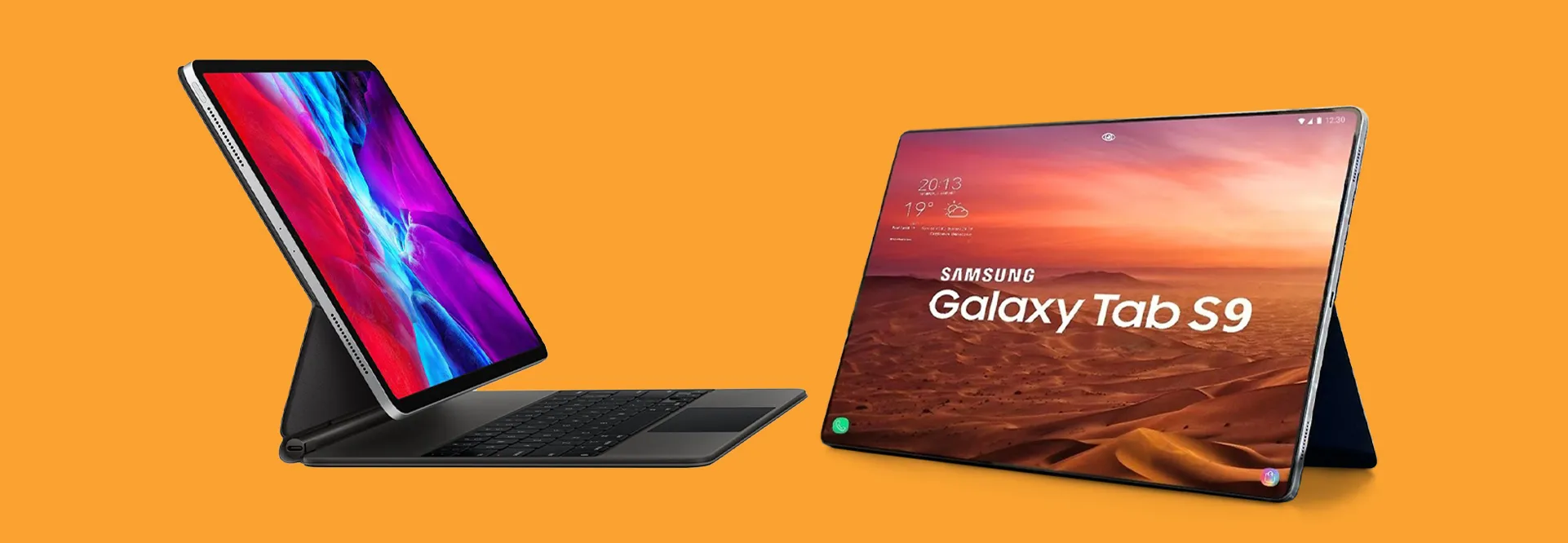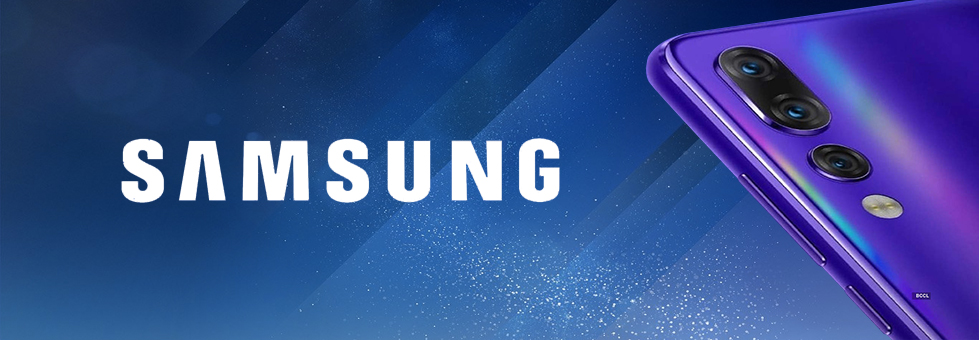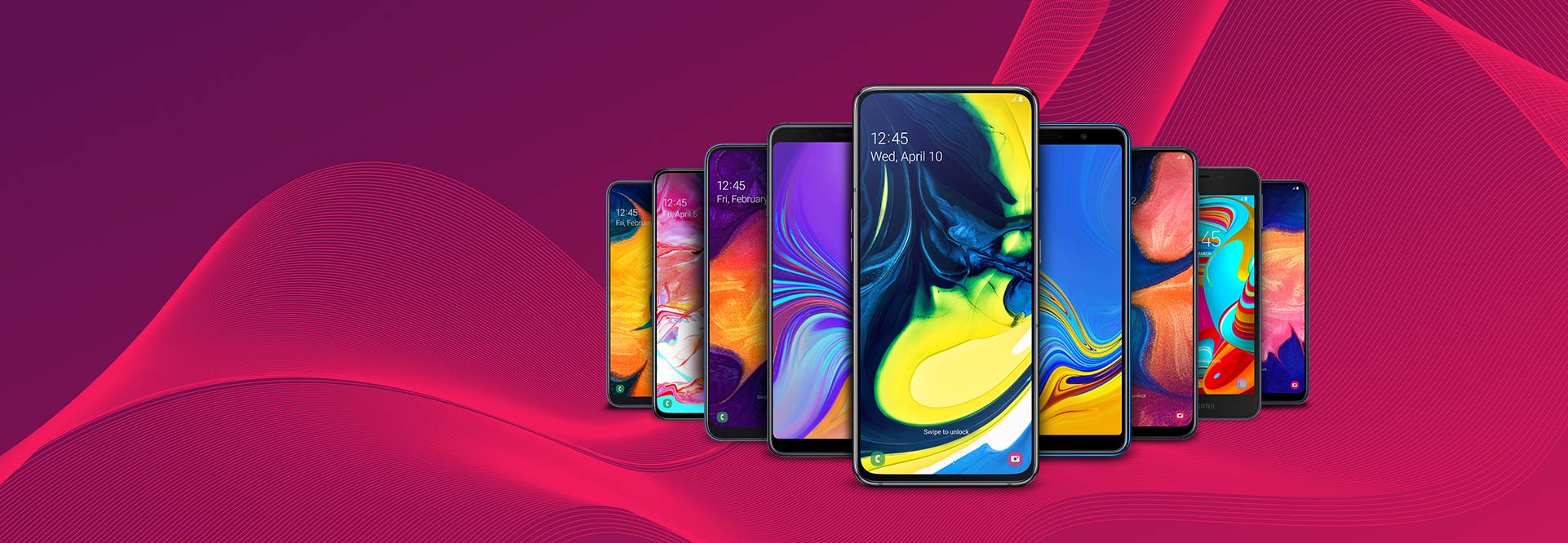Samsung Galaxy Tab S9 vs. Apple iPad Pro 11
Mondo Admin / 12-04-2024 / Tech
Samsung Galaxy Tab S9 vs. Apple iPad Pro 11
": Finding Your "Just Right" Tablet
Need a new tablet that’s not too big and not too small, not too expensive and not too cheap, and premium but not the most premium? Something like the Goldilocks of tablets that has everything 'just right'.
Say no more!
It sounds like, you need the Samsung Galaxy Tab S9 or the Apple iPad Pro 11" in your life.
These 11-inch, 5G tablets are entry-level flagships that hit the sweet spot between size, affordability, and fancy features. But which one is right for you? Let’s help you answer that in our Samsung Galaxy Tab S9 vs. Apple iPad Pro 11" tablet takedown.
Displays: Bringing the heat
Start with the basics. Both of these bad boys bring the heat with displays that are simply spectacular. Scrolling is buttery-smooth, the screen resolution delivers crystal clarity even in the most challenging lighting conditions, and they feature premium hardware that supports all your questionable habits—whether it’s spending hours gaming each day or lounging in your PJs reluctantly watching the latest TikTok trends.
A closer look at the Samsung Galaxy Tab S9, shows it is a big upgrade from the previous generation. It’s the first time an entry-level device from the series sports a top-tier AMOLED screen. That's right, it ditched the standard IPS display and has joined the ranks of its pricier siblings, the Galaxy Tab S9+ and the Galaxy Tab S9 Ultra. Now, here's what really sets the Galaxy tablets apart from their competitors: the S Pen stylus is included right in the box! We love that Samsung is sticking to this tradition with the Galaxy Tab S9. It means your doodling days are far from over!
On to the iPad Pro 11". Everything about it screams premium. From the stunning Liquid Retina screen to its adaptable refresh rate, ranging from a battery-saving 1Hz to a lightning-fast 120Hz. And let's not forget about that anti-reflective coating that ensures crisp outdoor use. When it comes to displays, Apple never disappoints. While it may not boast as significant an upgrade as Samsung, it stays true to its legacy of delivering amazing displays, just as we've seen in previous generations. The only downside? You’re not getting an Apple Pencil in the box. That's a doodle downer.
Performance: Can you keep up?
If you're in the market for some of the fastest tablets around (maybe even a bit too fast for your own good) then you've landed in the right spot. Both the Galaxy Tab S9 and the iPad Pro 11" are absolute speed demons, capable of blitzing through any task you throw their way, no matter how demanding. Powered by the Snapdragon 8 Gen 2 custom-made for Galaxy and the Apple M2 chip, it's no wonder these devices are powerhouses.
But, since we're here to compare, we've got to hand the title of the fastest tablet in this showdown to the iPad Pro 11”. Benchmark after benchmark shows that the custom Snapdragon 8 Gen 2 doesn't quite stack up to the M2, although it does come close. Plus, the iPad Pro offers more RAM and storage options, starting from 8GB paired with 128GB, 256GB, or 512GB of storage, all the way up to 16GB RAM paired with a whopping 1TB or 2TB of storage.
However, if expandable storage is what you're after, Samsung gives you that freedom with up to 1TB via MicroSD. The Galaxy Tab S9 is available with 8GB or 12GB RAM and 256GB onboard storage. So yes, it’s not as varied as the iPad, but major brownie points for the MicroSD slot.
Cameras: Always ready for the fun
Nobody really uses the cameras on their tablets for anything other than work stuff. Unlike the latest smartphones and DSLR cameras, tablets aren't designed to capture world-class images that will leave you questioning if you should leave your day job to become a full-time photographer. Instead, they're used for work calls, video meetings, and other fun activities like scanning documents and annotating images.
With this in mind, the Apple iPad Pro 11" and Samsung Galaxy Tab S9 don’t disappoint. The iPad Pro will have you looking dashing during FaceTime calls thanks to its 12MP front camera. Plus, it sports a dual-camera setup on the back, featuring a 12MP main camera and a 10MP ultrawide lens. Video recording is no slouch either. You can enjoy crisp 4K recording at 60fps, and with the new chipset, the iPad Pro now supports even higher-quality ProRes videos.
The Galaxy Tab S9 packs one less rear camera than the iPad Pro. It boasts a 12MP selfie lens on the front and a 13MP camera on the back. You can shoot video in up to 4K resolution at 30fps. Overall, the iPad Pro edges ahead with better camera hardware, but it’s no biggie considering both tablets are geared toward basic tasks.
Battery: Blitz that never quits
The iPad Pro 11” and Galaxy Tab S9 pack some serious battery brawn and support pretty snappy charging. Inside the Galaxy Tab S9, you've got a huge 8400mAh battery that juices up in a flash with its 45W wired charging. The iPad's got a slightly smaller 7538mAh battery but still charges up decently with its 28.65W wired charge.
Both tablets rock energy-efficient displays, so if you're just cruising for about 1-2 hours a day, they'll keep going for about a week before you need to charge up again. And when it comes to binge-watching new series, you can expect around 10 hours of streaming—though if you download that content ahead of time, you'll be stretching that battery life even further.
Samsung's definitely flexing with slightly superior battery hardware. But here's the twist: The iPad throws in a power adapter right out of the box, while Samsung's making you dig into your pockets for that extra accessory. You could say, they’re charging us for charging.
Verdict: Tablet takedown with a knock-out punch
In this tablet takedown, picking a clear winner is a tough call. Both devices have killer displays, yet Samsung sweetens the deal by bundling the S Pen Stylus at no extra cost. The Samsung Galaxy Tab S9 shines in the battery department with its larger capacity and faster charging but Apple's iPad Pro 11" wins points for including a power adapter right out of the box. And the deciding factor? The iPad Pro 11" packs a knock-out punch with its beastly M2 chipset, delivering slightly superior performance and more advanced camera capabilities.
Ultimately, the best choice depends on what you consider right for your needs—that could mean choosing between doodling without dropping extra dough and charging without being charged. Decision, decisions!







